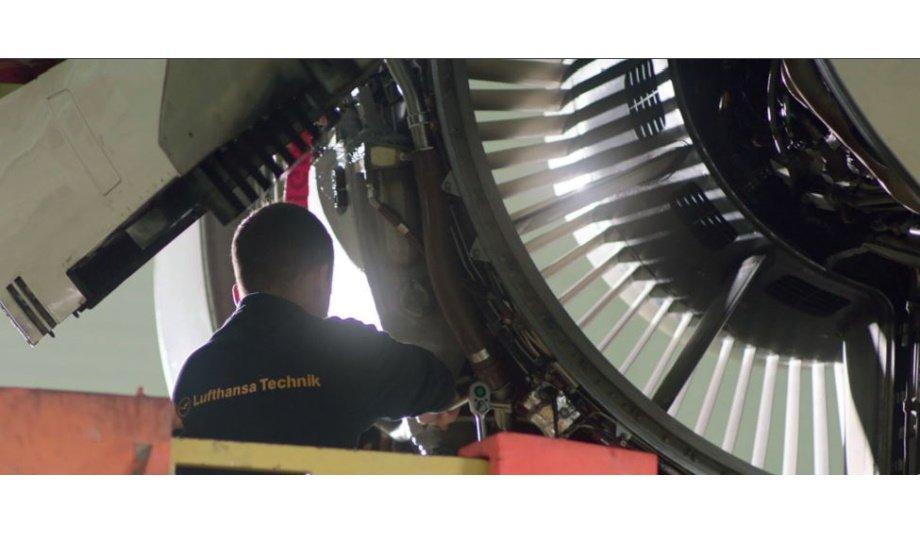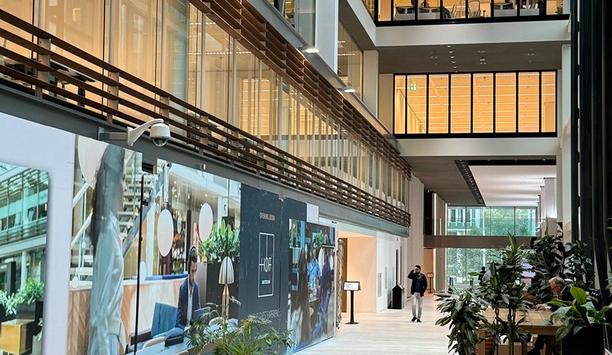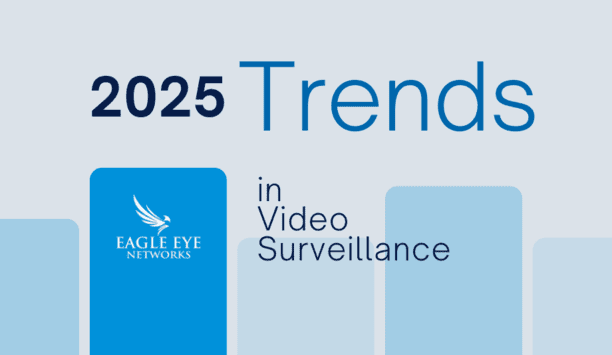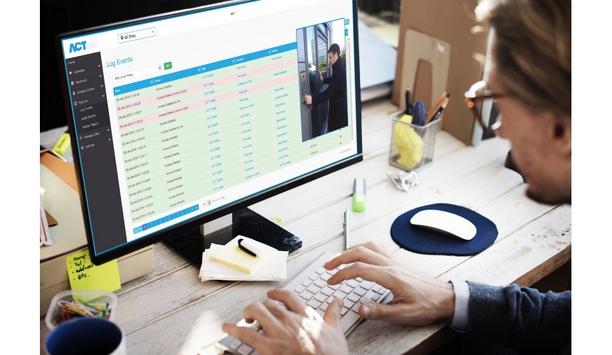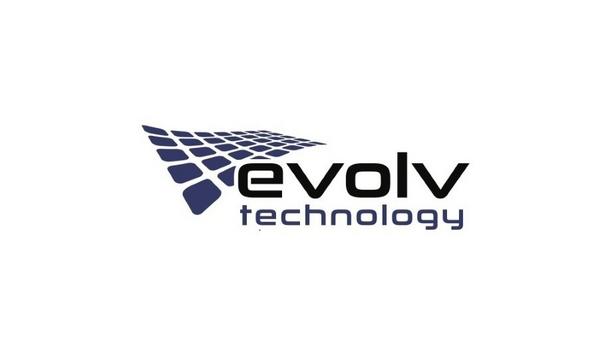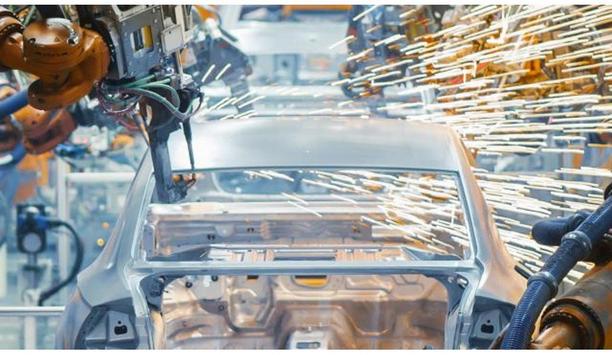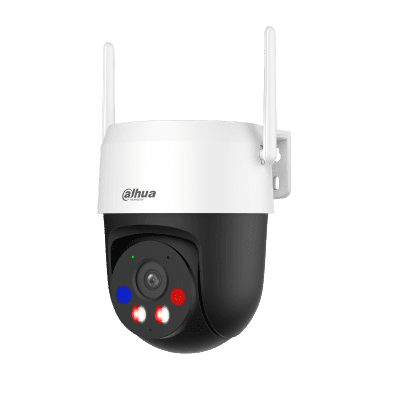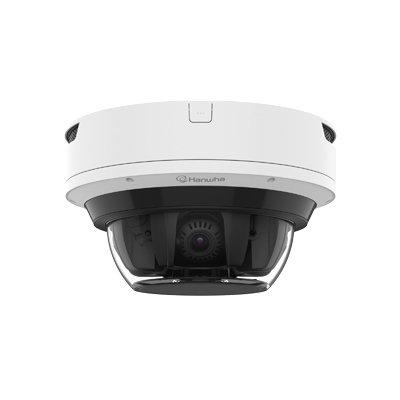Lufthansa Technik operates in a special division of the aviation industry, and security is a top priority to safeguard its people, planes and facilities. Over the years, the need to control access to its premises - particularly when it comes to external visitors - has become increasingly more important. A key challenge, however, is that Lufthansa Technik wants to maintain an inviting environment that feels free from restrictions, while also ensuring the highest security standards.
Although Lufthansa Technik wants to prevent unauthorised access, it doesn’t want to hinder employees as they go about their day. It’s really important to the business to find the right balance between security and convenience, so people can feel secure but also free as they move around. And employees have a dynamic work environment that supports them in performing to the best of their ability.
Unified access control
Another key objective for Lufthansa Technik’s new access control system was unification. It has more than 35 locations and 100,000 employees worldwide and, in the past, each site was responsible for its own security. This would sometimes involve hiring specialists to solve the same problems at different locations.
Lufthansa Technik’s ultimate goal is for all its sites to share the same access control system
Lufthansa Technik wanted to avoid this and ensure not just consistent security standards but a culture of great connection where people can easily network and collaborate wherever they’re based. As a result, Lufthansa Technik’s ultimate goal is for all its sites to share the same access control system and follow the same standardised security policy.
Access control system
It also wants all employees to be able to use one single Lufthansa Technik badge to access all the locations they’re authorised to access - both locally and internationally. It was a big challenge to begin tackling, particularly when considering the IT challenges of implementing a unified access control system in multiple locations around the world. Lufthansa Technik began its search to find the right access control system by thoroughly researching the market and issuing an in-depth tender to a variety of suppliers.
After detailed comparison, it chose Nedap. Melf Westphal, Head of Security Solutions at Lufthansa Technik, explains: “We were really impressed with Nedap’s entrepreneurial culture, hands-on mentality and personal approach. They were really reaching out to us, determined to find out exactly what we need. So we decided to implement Nedap’s AEOS system, which has helped us tremendously in meeting our requirements and creating a single system.”
Security with convenience
People set free to perform at their best Lufthansa Technik’s goals for its access control also align with Nedap’s people-first approach to providing ‘Security for life’. Nedap believes that a security system should be designed around the people using it, rather than the technology driving it. This ‘Security for life’ concept underline’s Nedap’s desire to free people’s minds from security so they can make the most of each day.
Initially, Lufthansa Technik began with a pilot project to implement AEOS in Hamburg
Which, in turn, mirror’s Lufthansa Technik’s desire to balance security with convenience. Initially, Lufthansa Technik began with a pilot project to implement AEOS in Hamburg, where it has 10,000 employees, followed by four affiliate locations. Melf says: “We weren’t sure at first how to go about it. But we got a lot of help from Nedap and their excellent partners, who were a great help to us during the implementation phase."
Create tailormade solutions
"The pilot project enabled us to overcome two major challenges: how to implement AEOS access control in our IT infrastructure and how to involve our employees. In both areas, Nedap and their partners did a wonderful job,” he continues. “It wasn’t only the really good products they presented to us. With their support, and that of their dedicated partners, they helped us solve all the operational issues."
"And through their partner network, they enabled us to create tailormade solutions by offering third party integrations that matched our security demands. It’s meant that instead of barricading ourselves in we have relative freedom of movement. I feel very secure but I can use my badge to go anywhere. We have fantastic solutions and, importantly, the same Lufthansa Technik ID badge connects all of us – no matter where we’re based.”
Third-party integrations
The AEOS access control system that Lufthansa Technik implemented goes beyond just securing doors; they installed additional components such as key cabinets and visitor management. Melf says: “AEOS was a great help in this respect - it enabled us to bring in third-party providers. As Nedap has an ethos of working closely with third-party technology partners, and AEOS integrates easily with other systems, it means we weren’t restricted to just one solution."
"We had the flexibility to create exactly what we wanted. I have a slogan when it comes to our security: ‘We open doors rather than close them.’ That’s really important to me,” Melf Westphal, Head of Security Solutions at Lufthansa Technik. For Lufthansa Technik, a key aspect of the pilot project and subsequent rollout is getting employees on board with the new access control system.
Significant investment in training
Each Lufthansa Technik employee is now incited to feel a shared responsibility for creating a secure work environment
It believes that even the best access control system loses its value if the people working with it don’t have the right mindset. For this reason, Lufthansa Technik made a significant investment in training, communication and awareness campaigns. These focused first on letting employees know how valuable they are, how important security is and why the security changes are being implemented.
They’ve also made employees aware of the importance of anticipating security risks and of their own role in Lufthansa Technik’s security management system. Each Lufthansa Technik employee is now incited to feel a shared responsibility for creating a secure work environment. And they’re all trained in how to respond to a security alert and address someone if they see them in a place they’re not supposed to be.
New security system
Importantly, Lufthansa Technik employees understand that their AEOS access control system is as much about preserving their freedom as it is about locking down their safety. The next steps for Lufthansa Technik are to continue rolling AEOS out worldwide. Melf explains: “The success of our new security system hasn’t gone unnoticed. Other Lufthansa Technik facilities have seen that AEOS has proved itself in practice in Hamburg, in a facility with 10,000 employees."
"And we’ve seen an increase in requests for similar systems from facilities all over the world. Our goal now is to implement AEOS in all our locations worldwide, so we can truly build a unified security system that connects the entire Lufthansa Technik family. A security system that allows us to open doors, not close them.”
